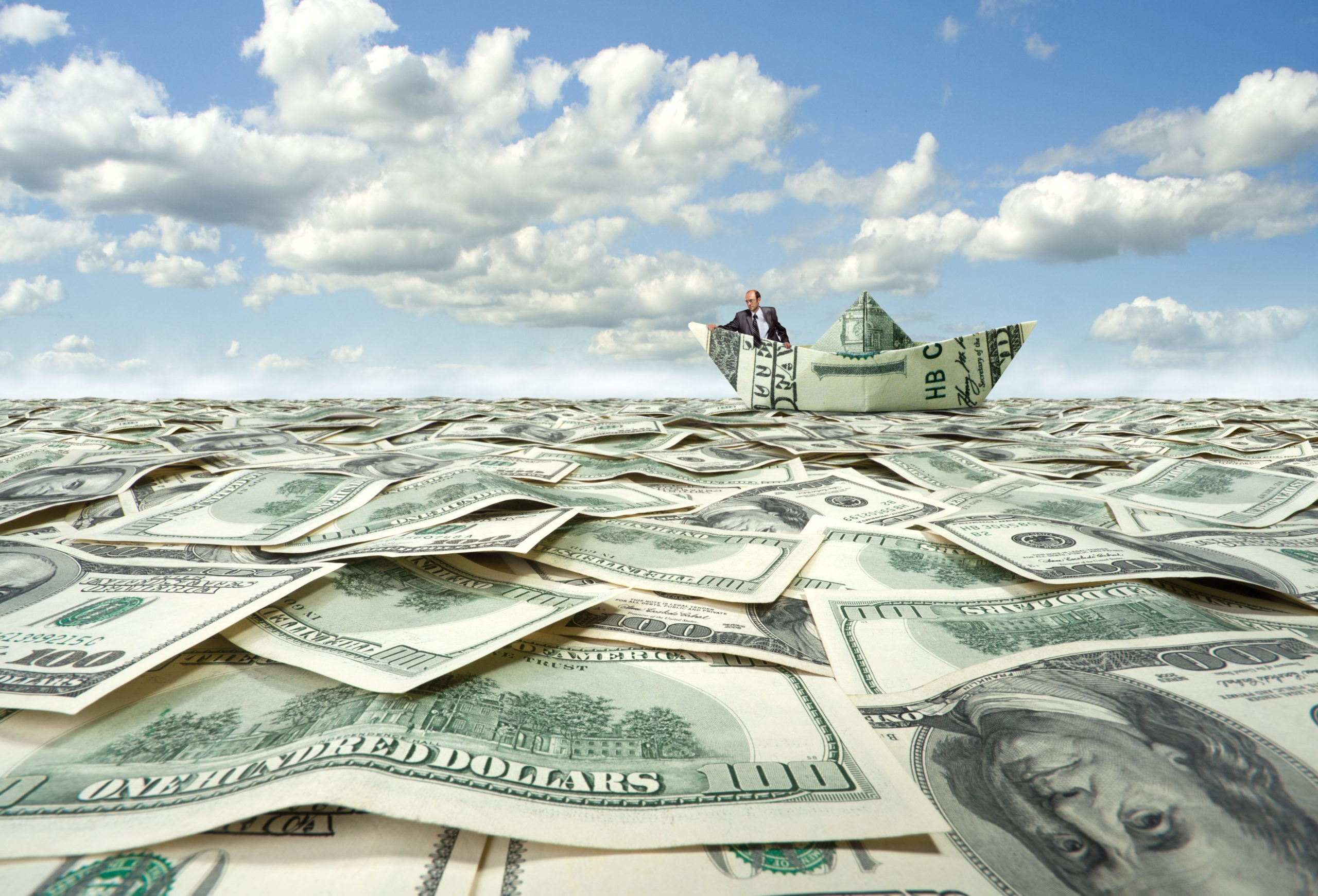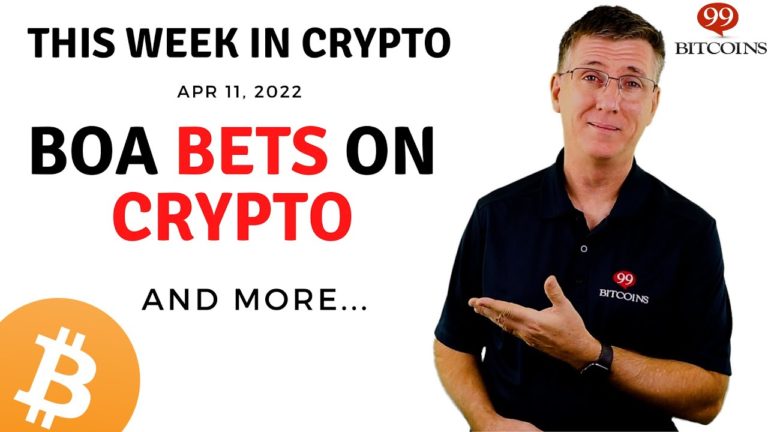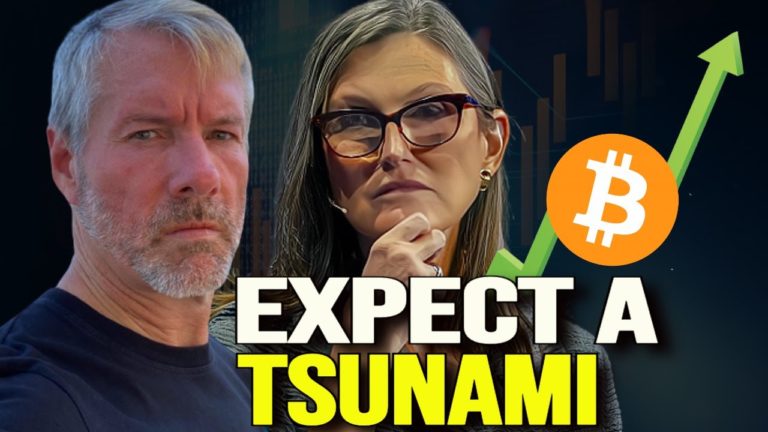Central banks around the world are caught within the downward spiral of monetary injection through fiscal stimulus, bond buybacks, and forced low-interest-rate policies that are likely to persist. With the United States at the helm, global fiat currency is experiencing increasing inflationary pressures that are threatening to dismantle our entire capital infrastructure. Hitherto, technology-infused productivity gains and Keynesian monetary policy have helped curb inflation by keeping prices in check, but even these forces will unlikely be able to thwart the flood of money pouring into the world economy. We are teetering on the edge of a cliff.
Bitcoin may be the best form of inflation protection we have ever witnessed, but before we delve into why this is so, let’s examine the façade of money safety that the developed world tends to believe. And let’s discuss why this safety net of government-backed currency may be unraveling at the seams.
The US Federal Reserve’s stated goal is to maximize employment and maintain price stability. For decades the formula has been to increase interest rates when the economy appears to be overheating and decrease rates when the economy begins to slow.
The model was based on the idea set forth by the British economist John Maynard Keynes back in the 1930s. His analysis of the Great Depression and his theories are the foundational tools used by modern-day governments to maintain economic stability. He proposed active governmental engagement in the economy through fiscal stimulus and monetary policy.
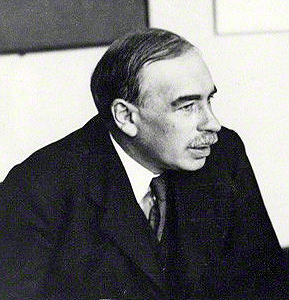
Under this formula, a slowing economy is typically paired with decreasing unemployment; central banks react to such deceleration by lowering interest rates, which in turn makes money more accessible. Economic activity thereby increases, jobs grow, and the Federal Reserve achieves its goal.
In the opposite scenario, when economic activity is booming, wages are on the rise, prices are reaching higher levels, and unemployment is low because businesses can’t keep up with the demand. The Federal Reserve reacts to this scenario by increasing interest rates to combat such inflationary pressures.
Today, we are in uncharted economic territory. The standard Keynesian tools that the Federal Reserve has applied in the past may not work in this environment. Currently, central banks have had to dig deep to maintain stability. Their hands are now forced to use methods such as negative interest rates and quantitative easing—whereby the Federal Reserve (or other central banks) buy back bonds from the open market. By buying these bonds, they are in essence providing liquidity to the major banks (like Bank of America or Wells Fargo). These “too-big-to-fail banks” in turn keep lending activity persistent at presumably lower rates.
Such lending and borrowing activities are what our entire capitalistic infrastructure relies upon for stability; we are a credit economy after all. And without fluid lending and borrowing, capital markets become unstable and are susceptible to black swan events (such as a market crash), hyperinflation, and asset bubbles bursting.
In fact, one could argue that given the long-term nature of our current low interest rate environment, as well as the persistence of bond buybacks through quantitative easing, the Federal Reserve and the US government are keeping the entire capital infrastructure afloat. Along with fiscal stimulus, if these economic injections were to stop, the entire economy could grind to a screeching halt.
Unfortunately, with every dollar printed through fiscal stimulus and quantitative action on the open market, as consumers our buying power is weakened as there is a correlation between the prices of products and services and the total money supply available to buy these goods with. When the money supply is increased, the value of our currency decreases in relation to the products that we buy with our money. Hence, the price of products tends to go up when the money supply is increased—this is inflation.
The chart below shows the steady increase in our national deficit exasperated by the monetary policy in place. As you can see, money has been pumped into the economy at an extraordinary pace.
Chart of the US National Debt Source: fiscaldata.treasury.gov/
Right now, the Federal Reserve has its hands tied. In the past, inflation was a symptom of overheated economic growth, however, right now prices are on the rise even while unemployment is still a broad concern. Both fiscal stimulus, low interest rates, and bond buybacks can’t get the real economy moving. And by the real economy, I mean an economy supported by the expansion of goods and services.
Our economy is now dependent on Congress and the Federal Reserve to work in tandem to keep the money spigot open. This may give consumers direct buying power, but with consequences (such as price increases—inflation, and assets bubbles). Economic activity as measured by the expansion of both employment and goods and services is not occurring in the way that it should—thus, we’re in a false economic growth phase. Essentially, we’re trapped inside an economy that is supported by the fiat printing press, when we instead need to be in and economy supported by real labor, real creativity and a real cycle of booming growth. The Federal Reserve, the US government, and other central banks around the world are running out of ammunition to ensure that this façade of economic stability is maintained.
If you recall the 2008 financial crisis… leading up to the housing market crash, Federal Reserve chairman Alan Greenspan had a tightening monetary policy.He increased interest rates to curb an overheating economy. The housing market swelled at an extraordinary pace—interest rates were raised to slow it down.But regardless, prices kept increasing as people turned their homes into piggy banks to fund their lives.
At the time, home prices were perceived by people to only go in one direction—and that way was up; housing was considered a haven asset. Then the housing bubble burst, home prices tumbled, and economic activity ground to a halt as the banks themselves needed to preserve all the capital they could to stay afloat. With lending and borrowing ceased, valuations fell below their purchase price and owners found themselves underwater—meaning the value of their homes were now worth less than the principle owed on their mortgages. Banks were stuck with such toxic loans on their balance sheets which were in default, and the major banks needed the government to step in and bail them out to avoid total collapse.
I provide this brief synopsis of the housing market crash for two reasons. Firstly, what is historically considered safe is not always the case. Even housing and triple-A rate mortgages went under. It’s very possible that many people right now are under the same delusion when it comes to US dollars, and all other fiat currencies. People consider such money a haven to store wealth since it is backed by the faith and trust in the government. History shows this may not be the case. Cyprus is an example of a modern-day fallout of a currency.
Secondly, the Federal Reserve and the US government are essentially treating the treasury like a piggy bank, much like people did with their homes before the entire housing market sank into an unprecedented recession. They say, The pandemic has ground the economy to a halt… no problem, we’ll just keep printing stimulus checks, let interest rates go negative if they must, and buy all the bonds possible to keep the money flowing. But this is indeed a problem. We, the consumer, receive that money and spend it—but it is money no longer backed by a strong economy, instead it is backed by the fiat printing machine working in overdrive to keep the entire system from collapsing.
Thus, the depreciating dollar through money printing is the new piggy bank. As we witnessed in 2008, this doesn’t end well.
The problem with this model is that the Federal deficit can only expand so much before people begin to lose faith in the very government backing the currency. People see prices on the rise, feel the pain at the grocery store, and restaurants, and as we begin to realize that by holding onto fiat money, we are also holding onto a depreciating currency in the face of what it costs to live—we have no choice but to look at investment alternatives outside the boundaries of such manipulation.
Enter Bitcoin. What is it and where is it going?
With a total supply of 21 million Bitcoin that could ever be produced, Bitcoin is much different than the fiat currencies the world is used to. Fiat can be printed out of thin air, so to speak. There is no cap on the M2 money supply. The US government can provide money at will, so long as the world remains faithful to it. At some point, however, playing the money printing card will lose its power. And when this occurs, the whole proverbial house of cards will tumble.
Gold was often perceived as a haven asset, but even gold’s supply model is not perfect. We don’t know exactly how much gold is in the world. And as space exploration advances, gold could conceivably be mined from asteroids containing more of the precious metal than the entire earth. Does this sound like science fiction? Well, Mars seemed like a long shot not so long ago, but it looks like the trek to the red planet may happen within this decade. Next stop asteroids?
Thus, Bitcoin (by having a fixed supply) cannot be manipulated by centralized banks to bend economic activity as they see fit. Bitcoin is like a rock in this regard. In the future, it will not depreciate or appreciate against prices; rather, prices will conceivably find their footing by being compared to Bitcoin.
Right now, one of the main criticisms thrown at Bitcoin is its volatility; however, Bitcoin’s price volatility is due to its rapid exponential adoption, not anything that is intrinsic within its code. Since torrents of money is now rushing into Bitcoin, as people seek to escape moribund fiat, this surging influx is creating major price oscillations. This is occurring because we are in a massive transitionary period of wealth redistribution. If Bitcoin becomes the world digital currency standard, the volatility will subside. And at that point, Bitcoin can better act as a unit of account for other assets to measure their prices by. We’re not there yet, but conceivably this is where Bitcoin will land.
Bitcoin is borderless and decentralized, while fiat money is backed by the faith in the government supporting it. Fiat primarily functions to serve the government it represents. Inherent in this model are competitive, warring forces at work behind the scenes as nations across the globe compete to be the perceived king of currency. You have heard of the petrol dollar—China and Russia are actively seeking to replace the US dollar as the standard by which the price of oil is measured, preferably with their fiat currency instead. The highly-publicized social unrest, trade wars, embargoes, sanctions, and military threats by these two countries and the United States is a testament to the invisible monetary posturing by these nations for currency dominance.
Bitcoin has no such affiliate nation. It’s open-source code is available to everyone. It’s democratic in the sense that we all have access to its software and if any changes were to take place to the code that Bitcoin operates on, it can only be done through an overwhelming consensus. Thus, Bitcoin can evolve as a currency with agreed-upon protocol updates—and those updates are solely in the hands of “we the people” that partake in the network.
With Bitcoin, there is no walled garden, it’s freely accessible and anyone can download the software, run a full Bitcoin node, and thereby have a voice in the overall direction of the currency.
From a security perspective, too, Bitcoin is far superior to fiat and gold. The hash functions used to secure transactions in Bitcoin are based on cryptography. The computing power it would take to break a hash is by orders of magnitude beyond all the computing power available in the world.
Some criticism has popped up regarding Bitcoin and whether criminal activity can be tracked through its network. But such criticism is often misconstrued. Unlike cash, Bitcoin leaves a trail of transactions in its wake. Every transaction could be traced to the genesis block containing the first Bitcoin exchange ever made. Bitcoin is therefore not anonymous, but rather pseudonymous… meaning the transaction is representative and traceable. Though it may be unclear to whom these transactions belong, once a Bitcoin wallet is suspected of illicit activity, detectives and agents have been able to monitor all subsequent payouts on such wallets. This has enabled them to catch criminals, who can be tracked through Bitcoin better than with cash.
Bitcoin has proven itself to be a resilient store of value since its inception in 2009. It may very well have been engineered this way by design. Its founder, the anonymous Satoshi Nakamoto, referenced a newspaper clipping in the genesis block: “…The Times 03/Jan/2009 Chancellor on brink of second bailout for banks.” Given the cypherpunk roots of cryptography and the shared vision for an open-source, free internet, it makes sense that Bitcoin was born out of discord taking place at the start of the Great Recession. In ways, the faulty principles behind the Great Recession have not ended. Our economic policies still cling to a Keynesian economic model that may be multi-decadal, but in the grand scheme of things, the model falls short of the gold standard that has lasted over a century. In this regard, Bitcoin is a more perfect form of monetary gold with a fixed supply.
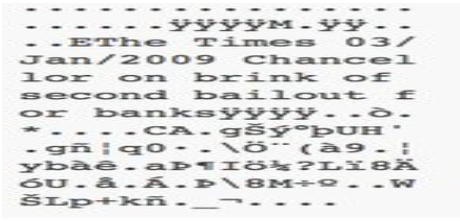
Yet, as dire as the macroeconomic picture appears to be, thus far the markets have shrugged off any concerns. Investors go on believing that the existing fiat-backed economy will keep chugging forward. But there are those investors who understand these underlying risks, and they are adding both gold and Bitcoin to their portfolio as a hedge against a black swan event, or a major economic downturn.
Sometimes, these turns of events happen quietly—an asset bubble may burst, markets may start trending lower, prices of commodities may melt upward… in such a way, the economy rotates into a persistent slump unbeknownst to us until we’re already in its grip. At the same time, however, another force could simultaneously be at work, and that is Bitcoin. Bitcoin may prove itself to be a monetary juggernaut moving the planet toward sovereign, decentralized currency. It is an unfolding revolution that could save us from the deficits that are spiraling out of control, as well as the price increases hitting us whenever we make a purchase. It’s a rescue plan from fiat currency, which is depreciating in buying power as the money printing machine continues to spew torrents of the bubbly, brew that we call fiat.
Long Bitcoin.
